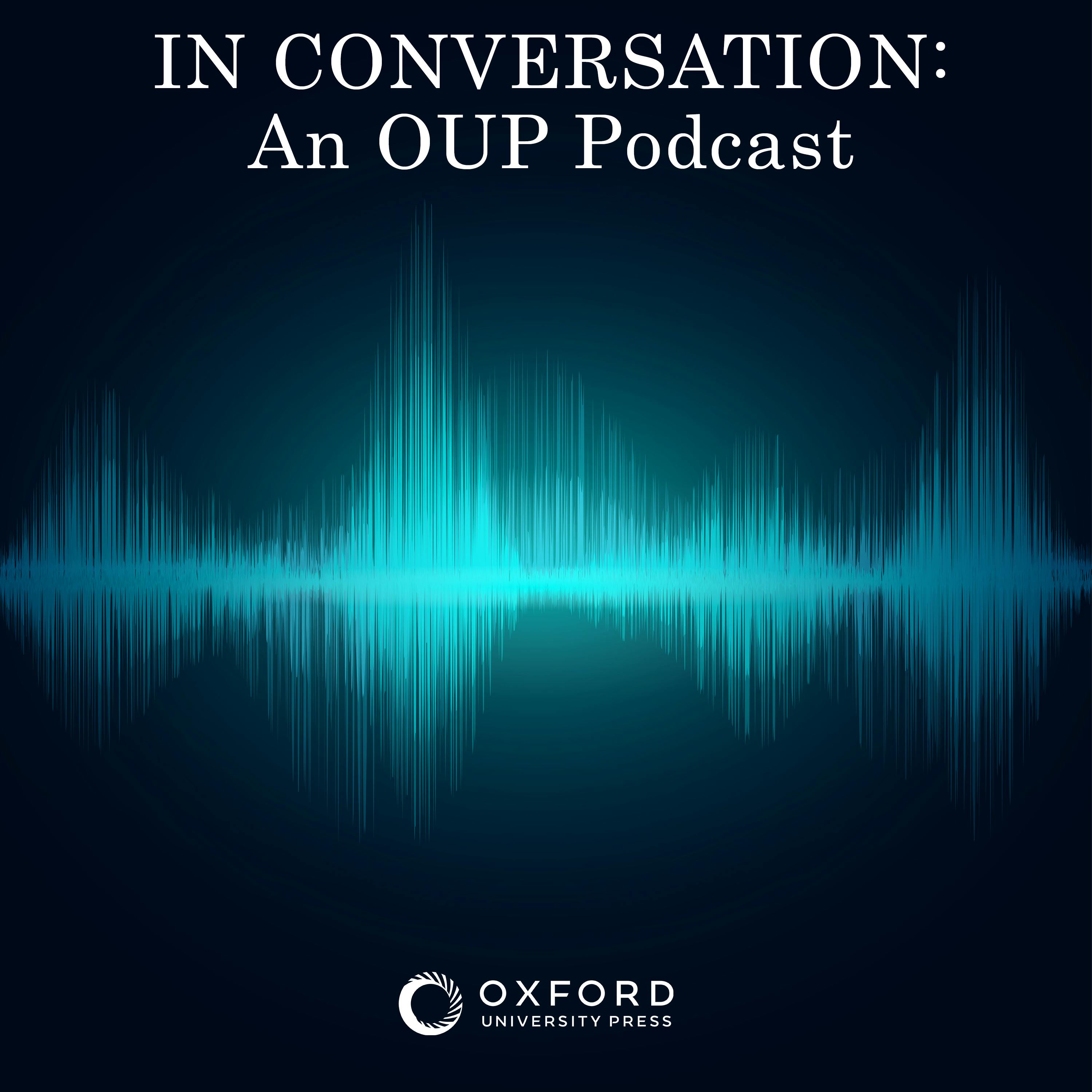
Fearghal McGarry, “The Rising: Ireland, Easter 1916” (Oxford UP, 2010)

In Conversation: An OUP Podcast
Shownotes Transcript
Sometimes when you win you lose. That’s called a Pyrrhic victory. But sometimes when you lose you win. We don’t have a name for that (at least as far as I know). But we might call it an “Easter Rising victory” after the Irish Republican revolt of 1916. The Republicans took over several buildings in Dublin, declared an Irish republic, and then were promptly obliterated by the British Army. Their leaders were executed, their republic disbanded, and their enemies remained in control of the island. They lost. Or did they? Shortly after the disastrous uprising, the Republican cause began to gather force. Its fallen leaders became martyrs to the Irish nation, the idea of a republic grew in popularity, and once moderate Constitutional Nationalists began to fight the British. Within a short three years, the Irish republic was back; in another three years the “Irish Free State”–not exactly independent of London, but much closer than before–was established. In The Rising. Ireland: Easter, 1916 )(Oxford, 2010), Fearghal McGarry) does a terrific job of describing the complicated ins and outs of the Rising and its impact on Irish politics. The book really shows us the revolt “from below,” that is, from the point of view of those who fought in it. Fearghal is able to gain this perspective because of a remarkable source. In the 1940s, the Irish authorities, knowing that witnesses to the Rising were passing, had the presence of mind to conduct a large survey of participants. They collected well over 1,000 accounts, all of which became available in 2002. Fearghal mines these reports to reconstruct how the men- and women-on-the-street experienced the revolt. The results are remarkable. The Rising appears anew as an event at once tragic, terrifying, and farcical. In hindsight, we can see that the Rising changed Irish politics forever; at the time, amidst the bravery, blood, and rubble, few saw any such thing. Most were just scared.
Please become a fan of “New Books in History” on Facebook) if you haven’t already.